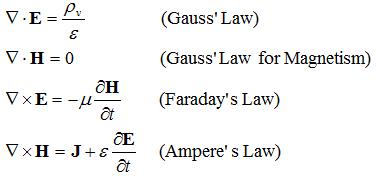An oscillator is an electronic device used for the purpose of generating a
signal with constant frequency over a span of time.Every oscillator has at least one active device.This active device acts as an
amplifier.
An oscillator starts with noise signal.Whenever we turn ON or turn OFF any electronic device a noise signal is generated,it can never be avoided.This noise acts as feed signal for the oscillator.This signal gets amplified upto a desired level due to the amplifier.
But this noise is available only when the device is turned ON,not after that,thus by rule output should vanish after some time,but this is not the case,output is sustained even after the input is removed.
now let's discuss how it is done:
1) after some propagation some energy is lost,this dampens the signal.
2) in the feedback circuit, the remaining energy is amplified upto the original value and is fed back(in phase) to the incoming signal,hence the signal is preserved.
3) This is done according to BARK HAUSEN CRITERION
this product is slightly greater than 1 in order to let the device act as oscillator.
This cycle keeps on repeating and the oscillator circuit continuously generates the signal with a constant frequency.
An oscillator starts with noise signal.Whenever we turn ON or turn OFF any electronic device a noise signal is generated,it can never be avoided.This noise acts as feed signal for the oscillator.This signal gets amplified upto a desired level due to the amplifier.
But this noise is available only when the device is turned ON,not after that,thus by rule output should vanish after some time,but this is not the case,output is sustained even after the input is removed.
now let's discuss how it is done:
1) after some propagation some energy is lost,this dampens the signal.
2) in the feedback circuit, the remaining energy is amplified upto the original value and is fed back(in phase) to the incoming signal,hence the signal is preserved.
3) This is done according to BARK HAUSEN CRITERION
(|βA| ≥ 1)
this product is slightly greater than 1 in order to let the device act as oscillator.
This cycle keeps on repeating and the oscillator circuit continuously generates the signal with a constant frequency.





